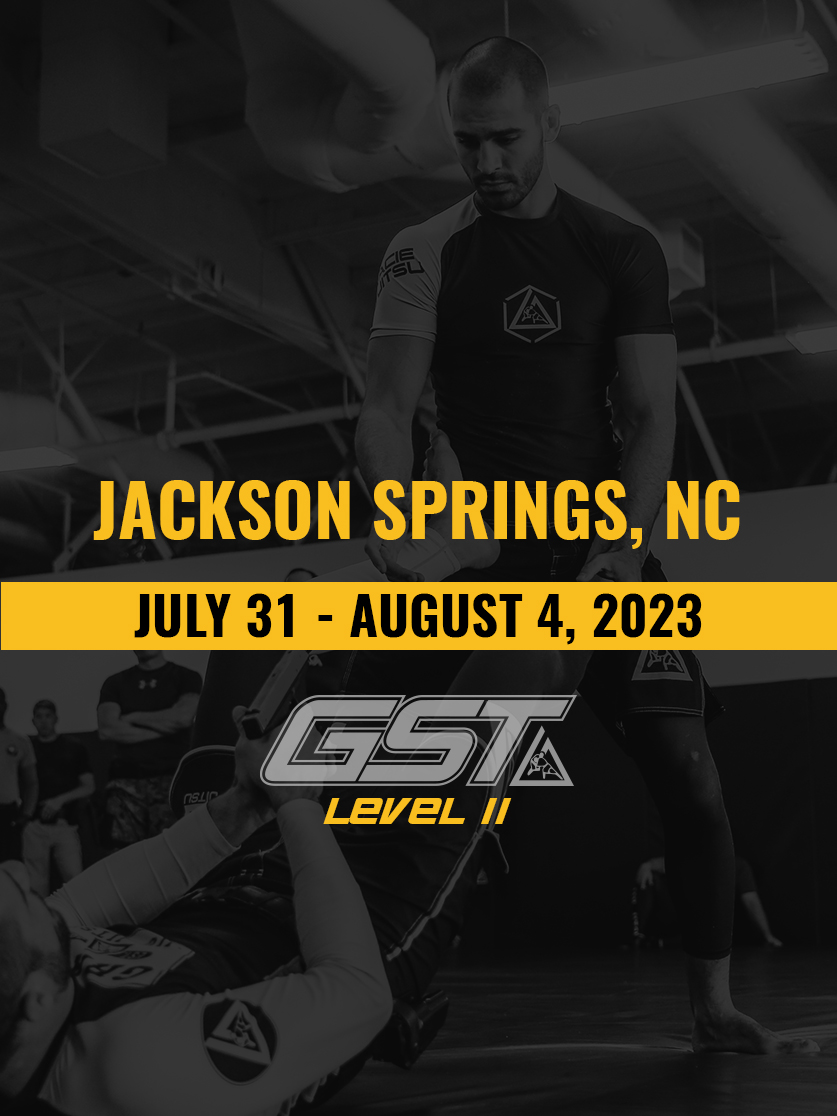My Lower Back hurts....

Common sense says Listen to your Body and Listen to your Doctor.
If your body is telling you something is wrong, don't wait to see your doctor.
Why do injuries happen?
The main cause of injuries is because two people care too much about the engagement. A good question to ask is :
Are the training partners more concerned with safety
or with catching the submission?
Lower Back Injuries
Three possible scenarios are bending, flexion and twisting of the spine beyond it's capability. In the image below, you can see a typical guard pass where the lower back is bent and the top person generally uses weight and gravity to enforce moving past the legs.

Stacking can curl the lower back very aggressively where the spine may not be able to handle the pressure and the disc slips out of position. The weight of the top person and the flexibility of the bottom person's back are contributing factors to the outcome.
The image below shows a slipped or herniated disc. The soft inner portion of the disc protrudes through the outer ring.

This exact stacking injury happened to Rener Gracie at 19 years old and it was so painful, he couldn't walk. It just so happened, his partner was a 285lb individual, so the weight being carried was hefty sum. After the injury, he actually violated the common sense rule above and continued to train for a short time after. But, thankfully, after consulting with the doctor, he took a break from the mat and was able to get the help he needed.
It is interesting to note that he turned his "curse" into a blessing by devoting his next 10 months of mandatory sabbatical into developing Gracie University which has reached over 100,000 students in nearly 200 countries.
Hyperflexion of the back in the wrong direction can also occur if someone is on your back and aggressively pushing into your lower back.
There are also some moves that involve twisting of the spine and it is not recommended that you push the limits to see how far your spine can move.

Nerve, Disc, Muscular
The right doctor can help determine whether your injury is nerve, disc or muscular related.
Personally, I experienced a muscular and nerve related injury at my first competition back in 2001. The exact details involved my guillotine choke attempt whilst he was going for a takedown followed with an awkward landing on my hip. Just to note, this was quite the unusual injury for Brazilian Jiu Jitsu but is found very common in ice hockey. After getting carried off the mat on a stretcher, I spent an extended amount of time off the mat and I had to go to my job (teaching dance) unable to walk unassisted.
As I reflect on my mindset (see Why do injuries happen? above) for that match - it was 100% "I'm going to catch you in a submission", I didn't get the submission but instead was rewarded with a painful injury and a year long break from Jiu-Jitsu.
Training Modifications
You have had a spinal/back injury and it's time to ease back on the mat.
To protect yourself until you are 100%, avoid any position where you are not in control of the bending or flexion of your spine. Some examples would be, the closed guard, the back mount and bridging from the mount bottom. Open guard is a good option because you can keep your back flat on the ground and not have your partner's weight connected to you too strongly.
Choose to spar with people where you can control the outcome. Seek lighter people or those you know that have great control of themselves. Any situation that allows you to maintain and dictate the pace is your goal.
Strengthen for your future
Cooperative Learning Environment
The standards of the Gracie Academy demands that all Certified Training Centers adhere to Safety over Submission. If this sounds appealing to you, find the Certified Training Center nearest you and don't hesitate to visit us at GRACIE DURHAM anytime.















